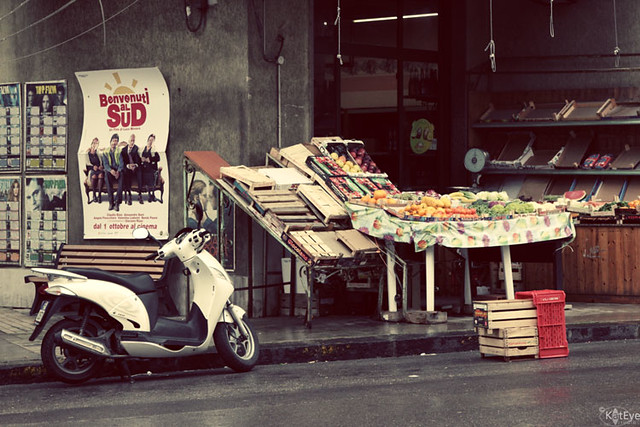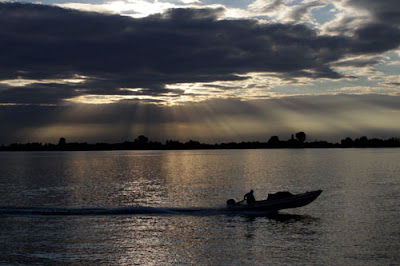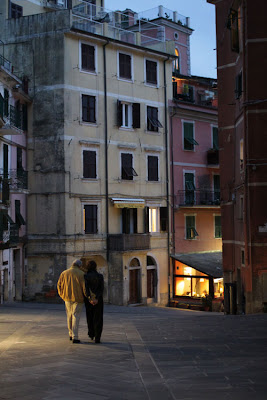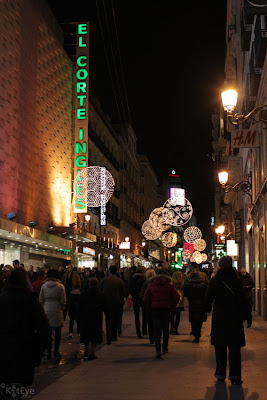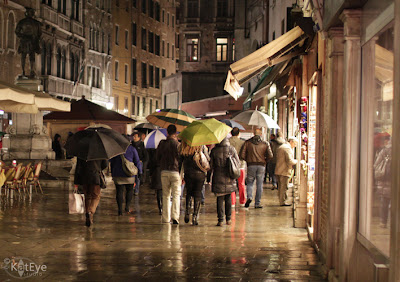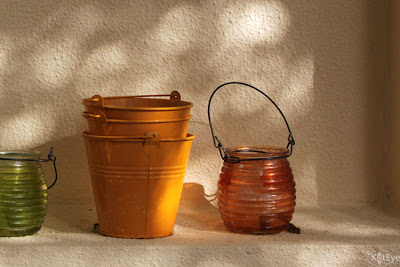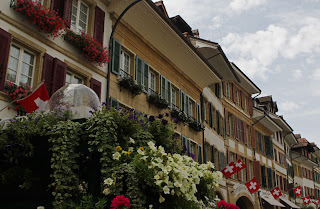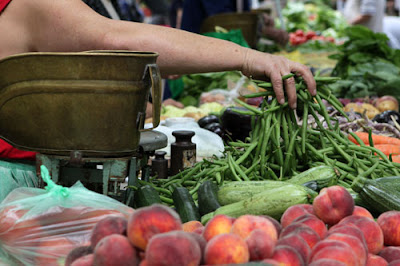We are bombarded each day with images. Images come to us without seeking them, from TV, newspapers, magazines, emails, websites, billboards. We are a visual culture. We communicate with images. We remember in images.
I believe each image we see stays with us. Whether we consciously remember it or not, it is there. If it didn’t, why could an idea or a smell or a comment bring up a picture in my head in a flash? Why can I remember a specific image I captured 4 years ago, or a vision of something seen in an art exhibit, when the right trigger comes along? The image is there, whether I consciously tried to remember it, or not. It is part of what we draw upon, when we create something new. Input is the raw material we use to create.
Since our input informs our output, it begs the question, what’s your input?
We talked about this a bit in the workshop with David duChemin, about how the creative process works. It requires input. And we should be selective about that input. We should look for good stuff, creative stuff, beautiful stuff to go in. We should study good photography to help us learn to create good photographs ourselves.
But I would take this concept beyond the visual imagery, to other areas of life. If we dwell on the bad or the ugly or the horrific, that becomes part of us. It starts to shift our point of view on the world. We start to live in fear of what bad things might happen rather than observe the good that does happen every day, right in front of us. Brené Brown talks about this in Daring Greatly. She talks about how we can squelch moments of joy by immediately worrying about all of the things that might take that joy away. Many of the things we worry about aren’t of our own experience, but what has come to us through the media. Input we would never have, in our own experience.
I learned the truth of this input/feeling connection in Italy, when I stopped watching the news on TV. Part of this change was language, my Italian wasn’t good enough to understand, and part of it was cultural, I had no connection to the current events of politics or pop culture to give me context. But an amazing thing happened as an outcome… I started living without as much fear. Because I wasn’t bombarded with all the bad going on in the world around me, it wasn’t input to my thought processes. I didn’t, by extension, start to worry what might happen to me or my family or my job next. I still found out about the important stuff that was going on in the area and world, but I could choose how I followed up to learn more rather than being fed fear.
And because I wasn’t spending time on the input of the bad stuff, I had more time for input of the good stuff. Art and creativity, which blossomed in a new way.
Now that I’m back in the US, I still don’t watch the news. I don’t want that kind of input. I want to read good books, watch movies that tell great stories, see good art and discuss interesting ideas. I find out what is going on in the world, but in a measured and balanced way that doesn’t fill me with fear. Not all of my input is happy and positive, but much of it is. It’s by my choice, because that is how I want to see the world. I truly believe 99.999% of the world’s population are good people. That’s who I want to hear about and interact with. That doesn’t mean I go through life thinking nothing will happen to me, but it does mean that I am more conscious and careful now to sort out the difference between things I really should be concerned about and what’s an irrationally generated fear.
This is all kind of roundabout today as I talk about input – the gamut from art to emotion. But it all ties together: Our input informs our output. How we view the world, what we create, even what we believe and feel.
I want to choose my inputs carefully. I want to view art that stretches me and helps me grow. I want experiences that help me see the world in different ways. I want to look at photographs that move me and touch my heart and soul. That’s the kind of input I’m seeking. That’s the filter I want to place when I have a choice in the matter.
What’s your input? How do you decide what goes in? Have you made changes in your life to improve the quality or the type of input you receive? What has been the result? I’m curious to hear your thoughts on this topic.


